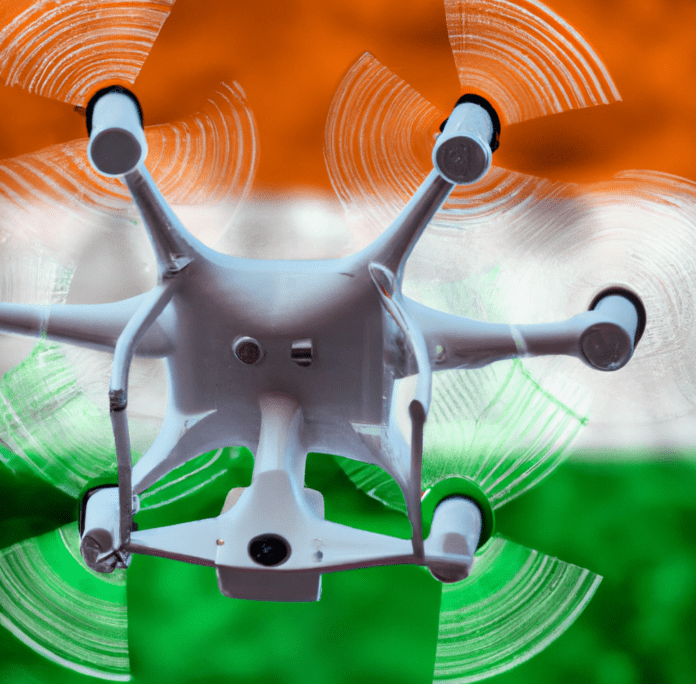Indian Defence forces are bolstering the nation’s border surveillance capabilities along China and Pakistan borders with the procurement of 97 drones under the ‘Make-in-India’ project, valued at over Rs 10,000 crore, according to reports.
This significant decision aligns with India’s recent acquisition of 31 MQ-9B Reaper drones from the United States, showcasing the nation’s commitment to enhancing aerial surveillance and Unmanned Combat capabilities. During the Defence Acquisition Council Meet on June 15, discussions also encompassed the procurement of drones of a similar class, like the Reaper, from domestic vendors, further emphasising the country’s focus on strengthening its defence capabilities.
The decision to acquire 97 highly capable drones was based on “a scientific study” carried out “jointly” by the defence forces. These drones are intended to meet the Medium Altitude Long Endurance (MALE) requirements and will play a crucial role in monitoring both land and sea regions. These unmanned aerial vehicles (UAVs) are designed to fly for close to 30 hours continuously, making them highly efficient for surveillance operations.
According to government sources, the Indian Air Force (IAF) will be the lead service responsible for the procurement of these drones, indicating its significance in enhancing India’s aerial surveillance capabilities. The IAF is set to receive the highest number of drones among all three defence forces.
Among the potential acquisitions that could be made under the ‘Make-in-India’ project, the TAPAS UAV is the leading contender. The indigenous TAPAS UAV, also known as Rustom-II, recently achieved a significant milestone when it demonstrated its capabilities to the tri-services team for the first time on 27th June 2023 at ATR Chitradurga in Karnataka. The successful demonstration earned praise from the Defence Research and Development Organisation (DRDO) and the Indian Navy. As a result, the TAPAS UAV is now deemed ready for user evaluation trials, marking a crucial step in its potential integration into the Indian Defence forces’ fleet.
The upgraded surveillance capabilities of the drones will provide the forces on the ground with precise intelligence about potential hideouts in operational areas. Moreover, the ground stations will be able to control these aircraft from distant locations through a satellite communication system, enhancing their operational flexibility.








